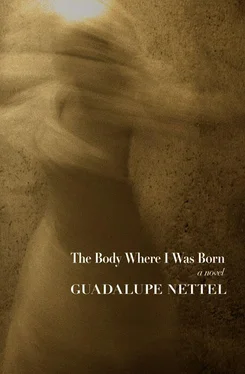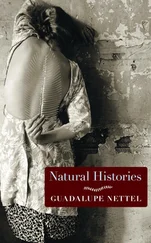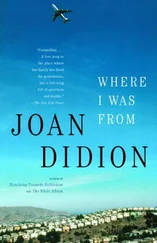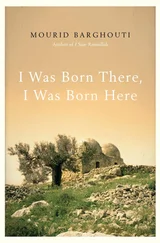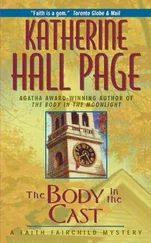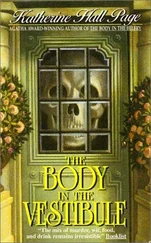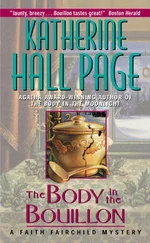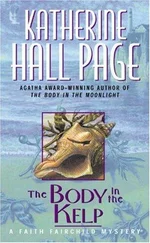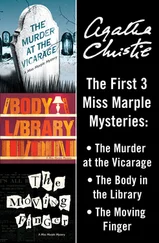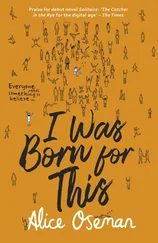Guadalupe Nettel
The Body Where I Was Born
yes, yes,
that’s what
I wanted,
I always wanted,
I always wanted,
to return
to the body
where I was born.
allen ginsberg, “Song”
I was born with a white beauty mark, or what others call a birthmark, covering the cornea of my right eye. That spot would have been nothing had it not stretched across my iris and over the pupil through which light must pass to reach the back of the brain. They didn’t perform cornea transplants on newborns in those days; the spot was doomed to remain for several years. And in the same way an unventilated tunnel slowly fills with mold, the pupillary blockage led to the growth of a cataract. The only advice the doctors could give my parents was to wait: by the time their daughter finished growing, medicine would surely have advanced enough to offer the solution they now lacked. In the meantime, they advised subjecting me to a series of annoying exercises to develop, as much as possible, the defective eye. This was done with ocular movements similar to those Aldous Huxley suggests in The Art of Seeing , but also — and this I remember most — with a patch that covered my left eye for half the day. It was a piece of flesh-colored cloth with sticky, adhesive edges, covering my upper eyelid down to the top of my cheekbone. At first glance, it looked like I had no eye, only a smooth surface there. Wearing the patch felt unfair and oppressive. It was hard to let them put it on me every morning and to accept that no hiding place and no amount of crying could save me from that torture. I don’t think there was a single day I didn’t resist. It would have been so easy to wait until they left me at the school entrance to yank the patch off with the same careless gesture I used to tear scabs off my knee. But for some reason I still can’t understand, I never tried to remove it.
With the patch, I had to go to school, identify my teacher and the shapes of my school supplies, come home, eat, and play for part of the afternoon. At around five o’clock, someone would come to say it was time to take it off, and with these words I would return to the world of clarity and precise shapes. The people and things around me suddenly changed. I could see far into the distance and would become mesmerized by the treetops and infinite leaves that composed them, the contours of the clouds in the sky, the tint of the flowers, the intricate pattern of my fingertips. My life was divided between two worlds: that of morning, built mostly out of sounds and smells, but also of hazy colors; and that of evening, always freeing, yet at the same time, overwhelmingly precise.
Given the circumstances, school was a place even more inhospitable than those institutions often are. I couldn’t see much, but it was enough to know how to get around within the labyrinth of hallways, fences, gardens. I liked climbing the trees. My hyperdeveloped tactile sense allowed me to easily distinguish the firm branches from the frail, and to know which cracks in the trunk made the best footholds. The real problem wasn’t so much the place as it was the other children. We knew there were many differences between us; they stayed away from me, and I from them. My classmates would ask, suspiciously, what the patch was hiding — it had to be something terrifying if it needed to be covered — and when I wasn’t paying attention, they would reach with their grubby little hands, trying to touch it. Alone, my right eye made them curious and uncomfortable. Sometimes now, at the ophthalmologist’s office or at a bench in the park, I cross paths with a patched child and recognize in them the anxiety so characteristic of my childhood. It keeps them from being still. I know it’s how they face danger — it’s evidence of good survival instincts. They’re on edge because they can’t stand the idea that a cloudy world should slip through their fingers. They have to explore, find a way to own it. There were no other children at my school like me, but I did have classmates with other kinds of abnormalities. I remember a dwarf, a redheaded girl with a cleft lip, a boy with leukemia who left us before elementary school was over, and a very sweet girl who was a paralytic. Together we shared the certainty that we were not the same as the others and that we knew this life better than the horde of innocents who in their brief existence had yet to face any kind of misfortune.
My parents and I visited ophthalmologists in New York, Los Angeles, and Boston, and also in Barcelona and Bogota, where the famous Barraquer brothers worked. In each of these places, the same diagnosis resounded like a macabre echo repeating itself, postponing the solution until a hypothetical future. The doctor we most often visited worked at the ophthalmology hospital in San Diego, just across the border where my father’s sister also lived. His name was John Pentley and he was a good-natured little old man who zealously prepared potions and prescribed eye drops. He gave my parents a greasy ointment to smear into my eye every morning. He also prescribed atropine drops, a substance that dilates the pupil to its maximum size and that made my world dazzle, turning reality into a cosmic interrogation room. The same doctor advised exposing my eyes to black light. For this, my parents built a wooden box that my small head fit into perfectly, then they lit it up. In the background, like a primitive cinemascope, drawings of animals went around and around: a deer, a turtle, a bird, a peacock. This routine would take place in the afternoon. Immediately after that, they would remove the patch. Recounted in this way, it might all sound amusing, but living through it was agonizing. There are people who are forced to study a musical instrument during their childhood, or to train for gymnastic competitions; me, I trained to see with the same discipline others use to prepare for futures as professional athletes.
But sight was not my family’s only obsession. My parents seemed to think of childhood as the preparatory phase in which they had to correct all the manufacturing defects one enters the world with, and they took this job very seriously. I remember the afternoon when, during a consultation with an orthopedist — clearly lacking any knowledge of child psychology — it occurred to him to declare that my hamstrings were too short, and that this explained my tendency to curve my spine as if trying to protect myself. When I look at photos from those days, it seems to me the curvature in question was barely perceptible in profile. Much more noticeable is my expression: a tense smile, much like the smile that can be detected in some of the photographs Diane Arbus took of children in the suburbs of New York. Nevertheless, my mother took it on as a personal challenge to correct my posture, which she often referred to using animal metaphors. And so, from then on, in addition to the exercises to strengthen my right eye, a series of leg stretches was incorporated into my daily routine. My habit looked so much to her like curling into a shell that she came up with a nickname, a term of endearment, which she claimed perfectly matched my way of walking.
“Cucaracha!” she yelled every two to three hours. “Stand up straight!” Or, “Cucaracha, it’s time for your atropine drops!”
I want you to tell me plain and simple, Dr. Sazlavski, if a human being can make it out of such a regimen unharmed? And if so, why didn’t I? If we really look at it, it’s not so strange. Many people during their childhoods suffer corrective treatment in response to nothing more than their parents’ more or less arbitrary obsessions. “Don’t speak like that, speak like this.” “Don’t eat like that, eat like this.” “Don’t do such things, do other such things.” “Don’t think that, think this.” Perhaps therein lies the true rule of the conservation of our species. We perpetuate unto the newest generation the neuroses of our forbearers, wounds we keep inflicting on ourselves like a second layer of genetic inscription.
Читать дальше
